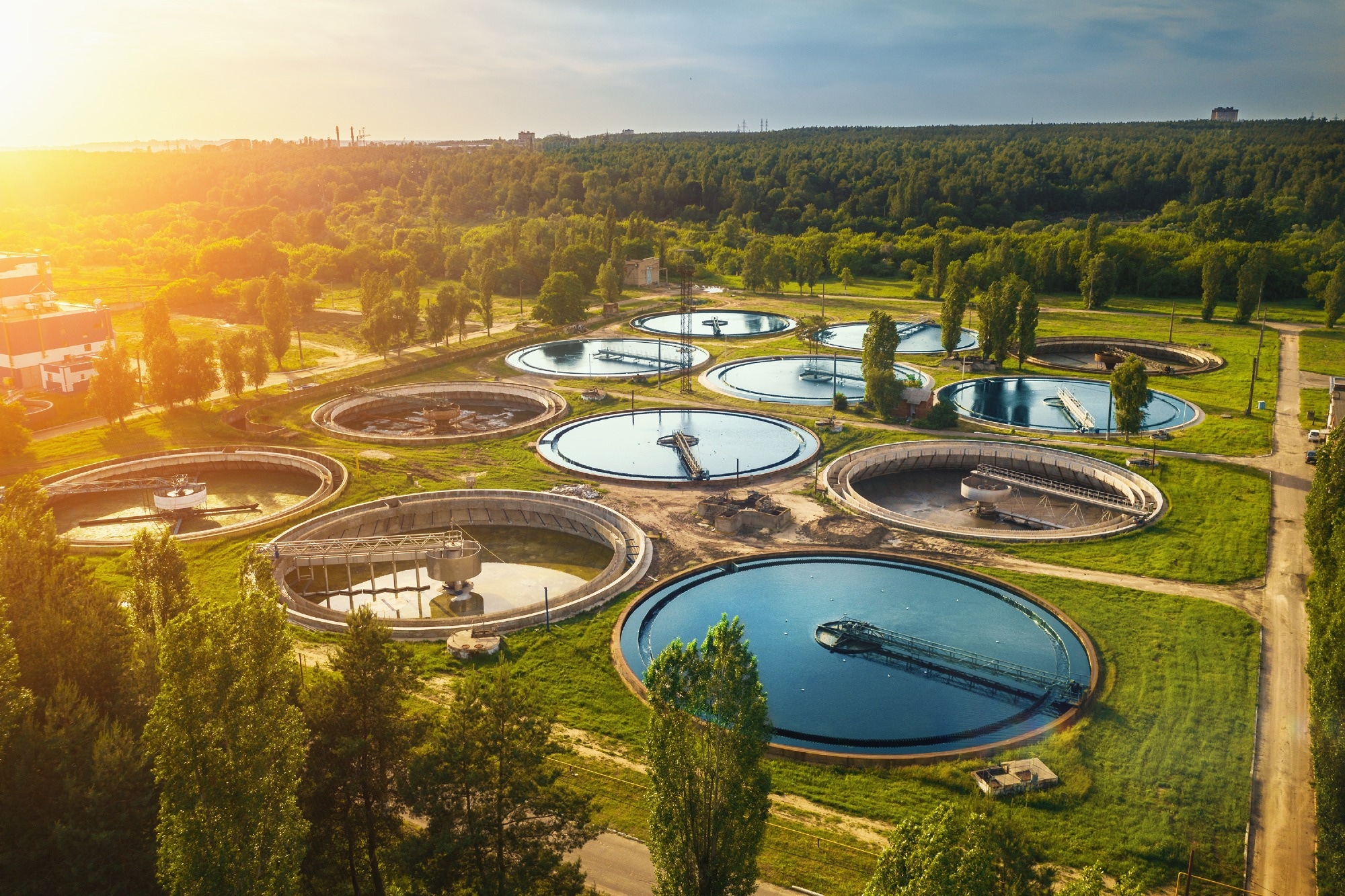A recent study published in Science of the Total Environment reported that coronavirus disease 2019 (COVID-19) cases could be predicted by environmental surveillance.
 Study: Predicting COVID-19 cases using SARS-CoV-2 RNA in air, surface swab and wastewater samples. Image Credit: DedMityay/Shutterstock
Study: Predicting COVID-19 cases using SARS-CoV-2 RNA in air, surface swab and wastewater samples. Image Credit: DedMityay/Shutterstock
Individuals infected with severe acute respiratory syndrome coronavirus 2 (SARS-CoV-2) shed viral particles. Consequently, viral genomic footprints remain in the environment. Depending on meteorological conditions and surface type, the viral genome may persist for hours to days. Environmental surveillance of pathogens is affordable and non-invasive and could be conducted in public places.
Therefore, environmental surveillance can provide early warnings of community infection and disease outbreaks. Numerous studies have evaluated wastewater, air, and surface specimens for the presence of SARS-CoV-2. Evidence suggests that SARS-CoV-2 levels in wastewater correlate with COVID-19 incidence. Nevertheless, there is limited data to predict COVID-19 cases based on environmental SARS-CoV-2 detection.
About the study
The present study assessed SARS-CoV-2 detection in air, wastewater, and surface samples from a student dormitory. The Y-leg of Lakeside village (YLV) student dormitory of the University of Miami was selected. Wastewater from L drains into a designated maintenance hole (K). The researchers sampled dorm surfaces, air, and wastewater (from K) from March 2, 2021, to May 28, 2021.
Only grab samples were collected during the first two weeks of the investigation; thereafter, both grab and composite samples were collected. Air pollution monitoring pumps with flowmeters were installed in the dormitory’s two lobbies for air sampling. Swab samples from high-touch surfaces (door handles, push bars, and elevator buttons) were collected using sterile polyester swabs.
SARS-CoV-2 RNA was extracted from wastewater, air, and surface swab samples with a QuickRNA-viral 96 kit, followed by a quantitative polymerase chain reaction (qPCR) analysis. Further, students were randomly screened for COVID-19 every week. Air and surface sample data were aggregated and compared with wastewater sample data.
Time-lagged SARS-CoV-2 levels were computed to assess if viral detection in wastewater samples preceded COVID-19 case diagnoses. That is, if a COVID-19 case was detected, then SARS-CoV-2 concentrations in samples from the past week were evaluated separately.
Findings
There were 445 environmental samples; 165 from the air, 166 from surfaces, and 114 from wastewater. Grab and composite samples were collected for 24 days. SARS-CoV-2 concentration was below the detection limit in grab samples when it was detected in composite samples for four days. Similarly, when SARS-CoV-2 was detected in grab samples, it was below the detection limit in composite samples for three days.
The mean SARS-CoV-2 concentration in composite samples was slightly higher than in grab samples, albeit statistically insignificant. No significant differences were noted in detection frequency and concentration of SARS-CoV-2 in surface and air samples from two YLV lobbies. SARS-CoV-2 was detected in 50 (30%) air samples, with a mean concentration of 14.8 genomic copies (gc)/m3. The virus was detected in 20% of surface swab samples, with a mean concentration of 16.5 gc/m2.
Half of the wastewater samples had SARS-CoV-2 with a mean concentration of 1390 gc/L. SARS-CoV-2 detection was concordant in all three sample types for 36 days throughout the study. However, SARS-CoV-2 was frequently not detected in air/surface samples when it was found in wastewater and vice versa. On average, two students were randomly tested daily for COVID-19 in the dormitory.
Students were tested for COVID-19 for 44 days during the investigation. COVID-19 cases were detected for 11 days; one case/day was detected for nine days, and two cases/day for two days. During these 11 days, SARS-CoV-2 was detected in wastewater, surface, and air samples on seven, six, and six days, respectively. The efficacy of one day-lagged detection of SARS-CoV-2 in wastewater, surface, and air specimens to predict COVID-19 cases was 63.6%, 72.7%, and 90.9%, respectively.
This increased to 100% for air samples, 81.8% for surface samples, and 90.1% for wastewater specimens three days before COVID-19 diagnosis. COVID-19 case prediction was better with aggregate environmental samples. For instance, a 100% prediction efficiency was noted using one-day-lagged SARS-CoV-2 detection in aggregate wastewater and air samples.
Conclusions
In summary, the study corroborates that SARS-CoV-2, shed by infected individuals, could be detected in the environment. It suggested that viral detection in samples could predict clinical cases of COVID-19 in the dorm based on an appropriate time lag. Indeed, a three-day-lagged SARS-CoV-2 detection in wastewater strongly correlated with COVID-19 case diagnosis.
Moreover, air samples had the highest efficiency in predicting COVID-19 cases. One-day-lagged SARS-CoV-2 detection in air and wastewater or air and surface specimens predicted all cases. Thus, environmental surveillance of SARS-CoV-2 is an effective tool for monitoring COVID-19 in the community.